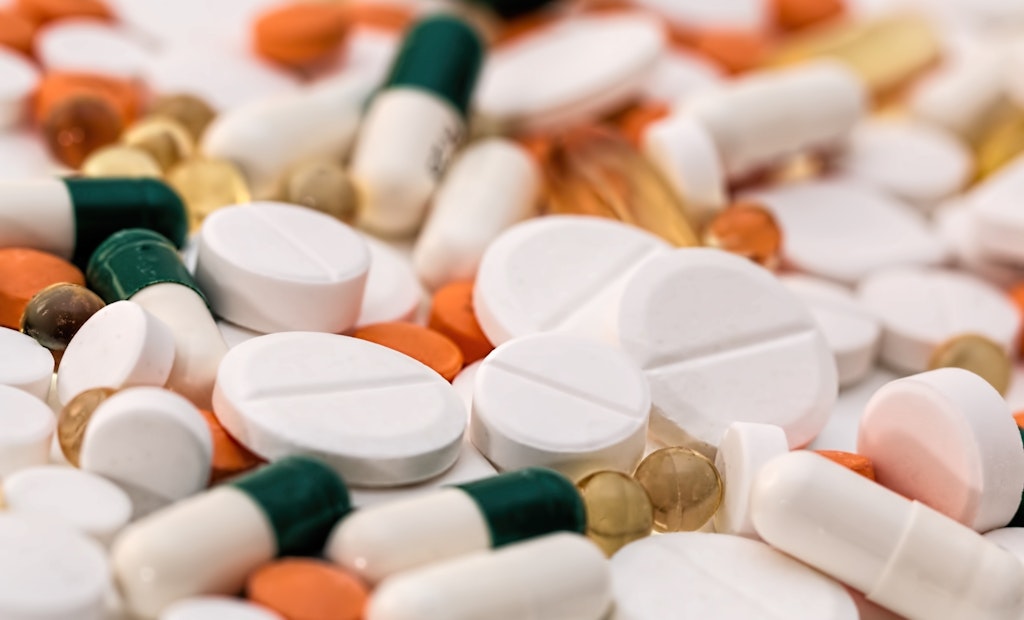Medications are a part of daily life for many people connected to a wastewater treatment plant or a septic system. The human body does not completely metabolize medications, so they enter septic systems unavoidably through our body wastes. According to the Centers for Disease...
The Problem With Medications and Septic Systems
Popular Stories
Discussion
Comments on this site are submitted by users and are not endorsed by nor do they reflect the views or opinions of COLE Publishing, Inc. Comments are moderated before being posted.






